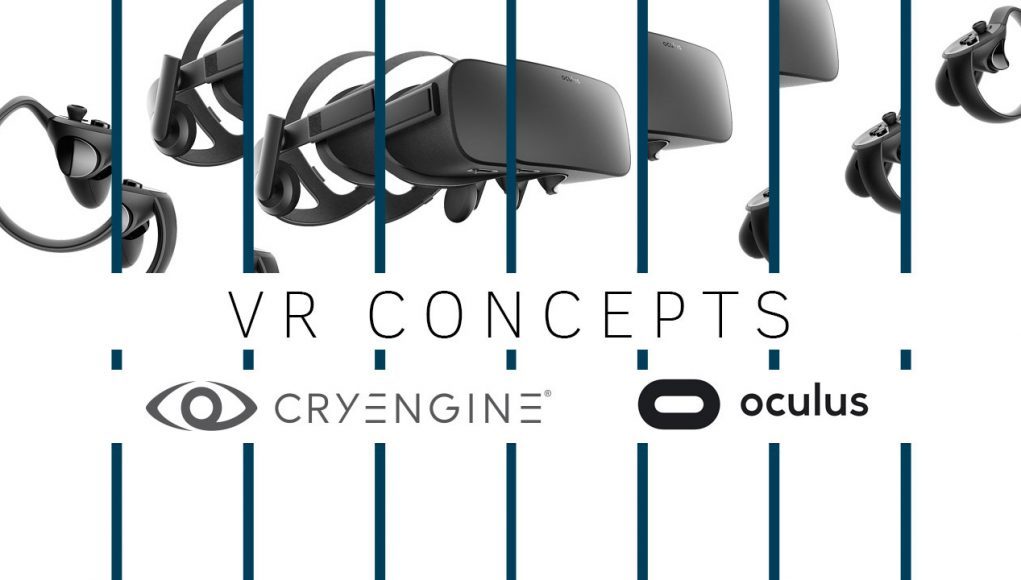Oculus has teamed up with Crytek to share a series of VR game design learnings. The second and latest post in the series explores eight prototype methods for moving or rotating in virtual reality.
Keeping players comfortable in VR is the very first step to creating a compelling experience, but so far there isn’t one method of locomotion that makes sense for all types of games. The best VR games we’ve seen to date are those which pair the right locomotion method with the right gameplay, so experimenting with the two together before diving into production is important.
Luckily Oculus and Crytek have invested time in experimenting with new VR locomotion schemes and is sharing their learnings with everyone. The latest post in Oculus’ “Developer Perspectives” series includes a video playlist showing eight prototype methods for moving and rotating in VR:
In the post, the authors stress that developers should aim to pick the right locomotion scheme, or combination of locomotion schemes, that fit their specific project goals:
For anyone checking out our video playlist for the first time, our advice would be to first think about how you want to combine different methodologies to find the most successful concept for your project, as most have pros and cons that need to be balanced depending on the project. In our playlist of experiments, we tried a wide range of different methods. Some failed. Some worked. Some may create physical fatigue. Some required combining with different techniques to show their potential.
They also describe three methods that they found particularly interesting:
Charge Float Jump
Charge Float Jump is a method that lets you charge your jump. The longer you hold the jump button, the higher you will rise in the VR space. You can also tweak the gravity settings so that instead of descending at a natural speed, you float and glide. Without a visual aid this can feel a bit different, but when you jump quickly and then transition to floating, it can feel smooth. Both a cockpit and a “Constraint Scheme” visual aid work really well in reducing sickness for this method of locomotion. This movement would work really well for a hang-gliding or wingsuit game. It feels really instinctive, and we think it has a lot of potential. Try it out!
HMD Acceleration
This movement is just straight-up a lot of fun. It’s a combination of different prototypes, and it’s a way of initiating movement by looking in the direction you want to go. You tilt your head forward, you move forward. Tilt your head backwards, and you go backwards. In combination with “HMD strafing,” you can also tilt your head to the side and together, it makes you feel like you’re a pinball on a table, rolling around, or you can move through the world like you’re a snake. While this functionality can be a bit nauseating, it’s super fun, especially when you apply a visual aid. An infinite runner using this locomotion would be really interesting—put obstacles in the world, collection points, maybe add in “Charge Float Jump” functionality, and you can move rapidly and intuitively through VR.
World Rotation
“World Rotation” uses the Oculus Touch controllers. You pull a trigger, then move the controller left or right to rotate the world. This can feel very natural. We experimented with this method in a few ways—one that showed a lot of promise was applying a body and weapons to an in-game avatar. This meant you could take a rifle into your hands, use the rotation to scan the scene, and then release the trigger once you acquired a target you wanted to shoot. It feels very natural and, in combination with “Head Tilt Acceleration” and Strafing, it has all the makings of a compelling VR first-person shooter experience. If you’re interested in designing a VR FPS, it’s worth playing around with this method.







